Imagine waking up in a cosy, spacious tent that combines the charm of old-world camping with modern-day convenience—sounds dreamy, right? That's exactly what a bell tent offers! These versatile tents have been growing in popularity, and it's easy to see why. Not only do they look stunning in any campsite, but they also offer ample space and a level of comfort that traditional tents can't match. Whether you're planning a family camping trip, a glamping getaway, or just want to enjoy the great outdoors in style, a bell tent could be your new best friend. In this guide, we'll dive deep into everything you need to know about bell tents—from choosing the right material to setting up and maintaining your tent so it lasts for years. Let’s get started!
What is a Bell Tent?
History of Bell Tents
Bell tents have a rich history that dates back to the mid-19th century, originally used by the military due to their robust structure and ease of assembly. These tents were particularly popular among British and American forces. The design of the bell tent is credited to Henry Hopkins Sibley, who created a conical tent supported by a single central pole, making it both sturdy and spacious. Over the years, the bell tent has evolved from its military origins to become a favourite among campers and glampers alike, prized for its aesthetic appeal and functionality.
Design and Structure
The design of a bell tent is iconic, characterised by its circular base and sloping walls that meet at a central peak. This shape not only gives the tent its unique appearance but also maximises interior space, allowing campers to move around freely without feeling cramped. The central pole supports the tent, while guy lines and pegs secure it to the ground, making it stable in various weather conditions. The height and width of the bell tent make it ideal for those who want to stand up and stretch out, a luxury that many traditional tents do not offer.

Sizes and Capacities
Bell tents come in a variety of sizes, typically ranging from 3 metres to 7 metres in diameter. The size you choose will depend on your camping needs. A 3-metre bell tent is perfect for solo campers or couples, while a 5-metre tent can comfortably accommodate a family of four with room for a double bed, seating area, and storage. Larger tents, such as the 7-metre versions, are ideal for group camping or glamping setups, providing ample space for multiple beds, furniture, and even a wood-burning stove.

Choosing the Right Bell Tent
Canvas vs. Polyester
When it comes to choosing a bell tent, the material is a crucial factor. The two most common materials are canvas and polyester, each with its own set of pros and cons.
-
Canvas Bell Tents: Made from cotton, canvas bell tents are breathable, durable, and offer excellent insulation. They keep you cool in the summer and warm in the winter, making them ideal for year-round camping. However, canvas tents are heavier and require more care, including regular waterproofing and thorough drying before storage to prevent mould.
-
Polyester Bell Tents (This is our Oxford material!): These tents are lightweight, easy to handle, and require less maintenance than canvas tents. Polyester is naturally water-resistant and dries quickly, making it a good option for those who want a low-maintenance tent. However, polyester tents may not offer the same level of insulation as canvas tents and can feel less cosy.
Waterproofing and Ventilation
When choosing a bell tent, it's essential to consider its waterproofing and ventilation capabilities. Look for tents with a high-quality waterproof coating, such as a PU (polyurethane) or silicone layer, to ensure you stay dry during unexpected showers. Ventilation is equally important; tents with mesh windows and roof vents will help reduce condensation and keep the air inside fresh and cool.
Extra Features
Bell tents come with a range of additional features that can enhance your camping experience. Some of these include:
-
Zippable Groundsheets: A zippable groundsheet is a practical feature that allows you to roll up the sides of the tent, providing extra ventilation on hot days.
-
Mesh Windows: Mesh windows with zippable covers allow you to enjoy the view and let in fresh air while keeping insects out.
-
Stove Compatibility: If you’re planning to camp in colder weather, consider a bell tent with a stove jack, which allows you to safely install a wood-burning stove inside the tent.

Setting Up Your Bell Tent
Site Selection
Choosing the right location to pitch your bell tent is the first step to a successful camping trip. Look for a flat, dry area that is free from sharp objects like rocks and roots. Ideally, the site should have good drainage to prevent water from pooling around the tent. Consider the position of the sun, trees for shade, and the direction of the wind when setting up your tent.
Pitching Techniques
Setting up a bell tent is relatively straightforward, but following the correct steps is essential to ensure it’s secure and stable.
- Lay Out the Tent: Start by spreading the tent on the ground and aligning the door in your preferred direction.
- Insert the Centre Pole: Place the centre pole in the middle of the tent and lift it upright, making sure the top of the pole fits snugly into the reinforced hole at the peak of the tent.
- Stake the Tent: Use the provided pegs to stake down the edges of the tent, pulling the fabric taut.
- Secure the Guy Lines: Attach the guy lines to the tent’s loops and stake them into the ground at a 45-degree angle. Adjust the tension to ensure the tent is evenly stretched.
Common Setup Mistakes
Avoid these common mistakes when setting up your bell tent:
- Incorrect Tension: Ensure that the guy lines are neither too tight nor too loose. Incorrect tension can lead to instability or sagging.
- Poor Site Selection: Pitching your tent on uneven ground or in a low-lying area can result in discomfort and potential flooding.
- Ignoring Wind Direction: Always position the door away from the wind to prevent the tent from catching the breeze and becoming unstable.
Maintaining Your Bell Tent
Cleaning and Storing
Proper maintenance is key to ensuring your bell tent lasts for many years. After each trip, clean the tent by brushing off dirt and spot-cleaning any stains with a mild soap and water solution. Avoid using harsh chemicals, as they can damage the fabric. Once clean, allow the tent to dry completely before storing it in a cool, dry place. Never pack away a wet tent, as this can lead to mould and mildew growth.
Weatherproofing Tips
Over time, your bell tent may require reproofing to maintain its waterproofing. Use a suitable tent waterproofing product and follow the manufacturer’s instructions carefully. Regularly check the seams for any signs of wear and tear, and seal them if necessary.
Repairing Damage
Minor damage, such as small tears or punctures, can be easily repaired with a patch kit. For larger issues, consult a professional or consider replacing the affected section. Regular inspections and prompt repairs will extend the life of your tent.
Bell Tent Accessories
Stoves and Heaters
For those chilly nights, a portable stove or heater can make all the difference. Ensure your bell tent is stove-compatible and always follow safety guidelines when using heating equipment inside your tent. A wood-burning stove can also double as a cooking appliance, adding a cosy touch to your camping experience.
Lighting and Decor
Create a warm and inviting atmosphere inside your bell tent with the right lighting and decor. Battery-operated lanterns, fairy lights, and solar-powered lamps are excellent choices for providing soft, ambient light. Add some decorative rugs, cushions, and throws to make the space feel like a home away from home.
Furniture and Layout
Maximise the space inside your bell tent by thoughtfully arranging furniture. Low-profile beds or air mattresses are ideal for sleeping, while foldable tables and chairs provide seating without taking up too much space. Consider using storage baskets or crates to keep your belongings organised and the tent tidy.
Bell Tents vs. Other Tents
Space and Comfort
One of the biggest advantages of a bell tent is the spacious interior. Unlike traditional dome or tunnel tents, bell tents offer vertical walls and a high ceiling, allowing campers to move around comfortably. The extra space makes bell tents ideal for families, groups, or anyone who values comfort while camping.
Durability and Weather Resistance
Bell tents, especially those made from canvas, are known for their durability and weather resistance. They perform well in various conditions, from hot summer days to cold, windy nights. The heavy-duty fabric provides excellent protection against the elements, ensuring you stay dry and comfortable no matter the weather.
Cost and Value
While bell tents can be more expensive than standard tents, they offer exceptional value for money. Their longevity, combined with the enhanced camping experience they provide, makes them a worthwhile investment. Plus, their classic design never goes out of style, adding to their long-term appeal.
Bell tents offer a unique blend of comfort, style, and durability, making them an excellent choice for anyone looking to elevate their camping experience. Whether you're a seasoned camper or new to the world of outdoor adventures, the information in this guide will help you make an informed decision about whether a bell tent is right for you. Remember to consider the size, material, and features.
If you are looking for the perfect bell tent for sale then you've come to the right place!


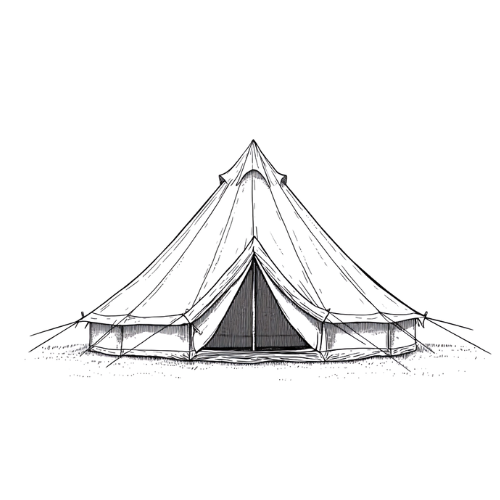 Canvas Bell Tents
Canvas Bell Tents Bell Tent Accessories
Bell Tent Accessories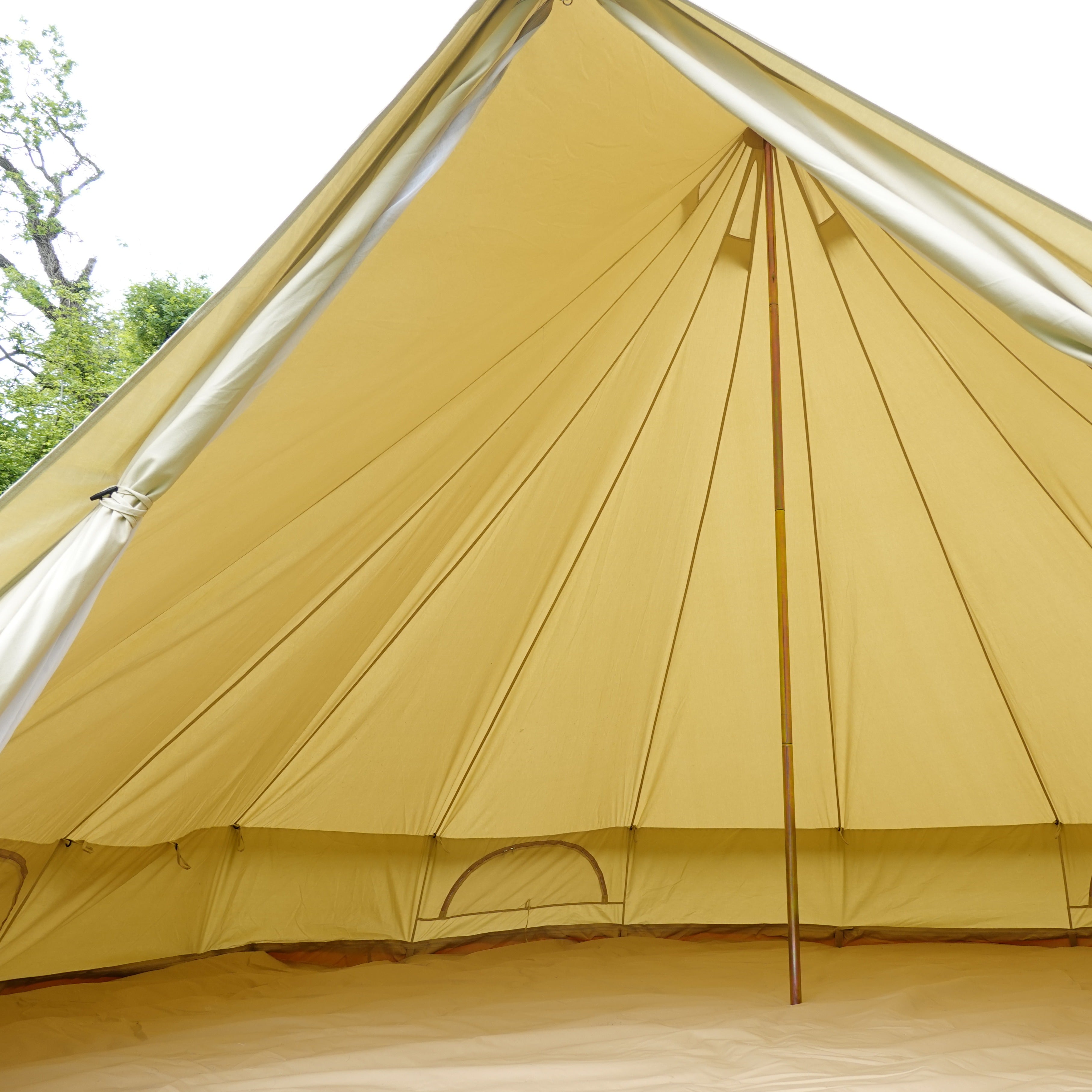
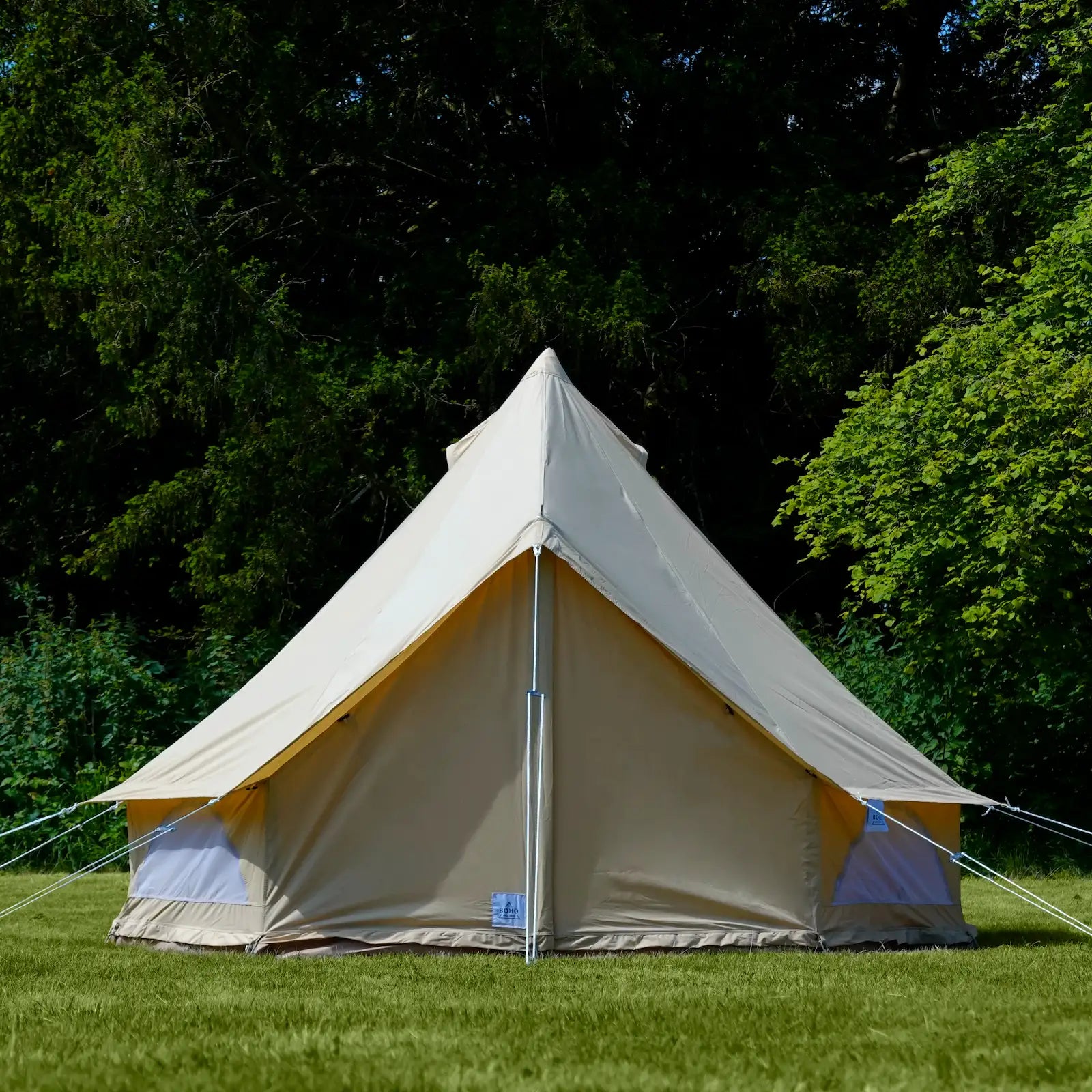
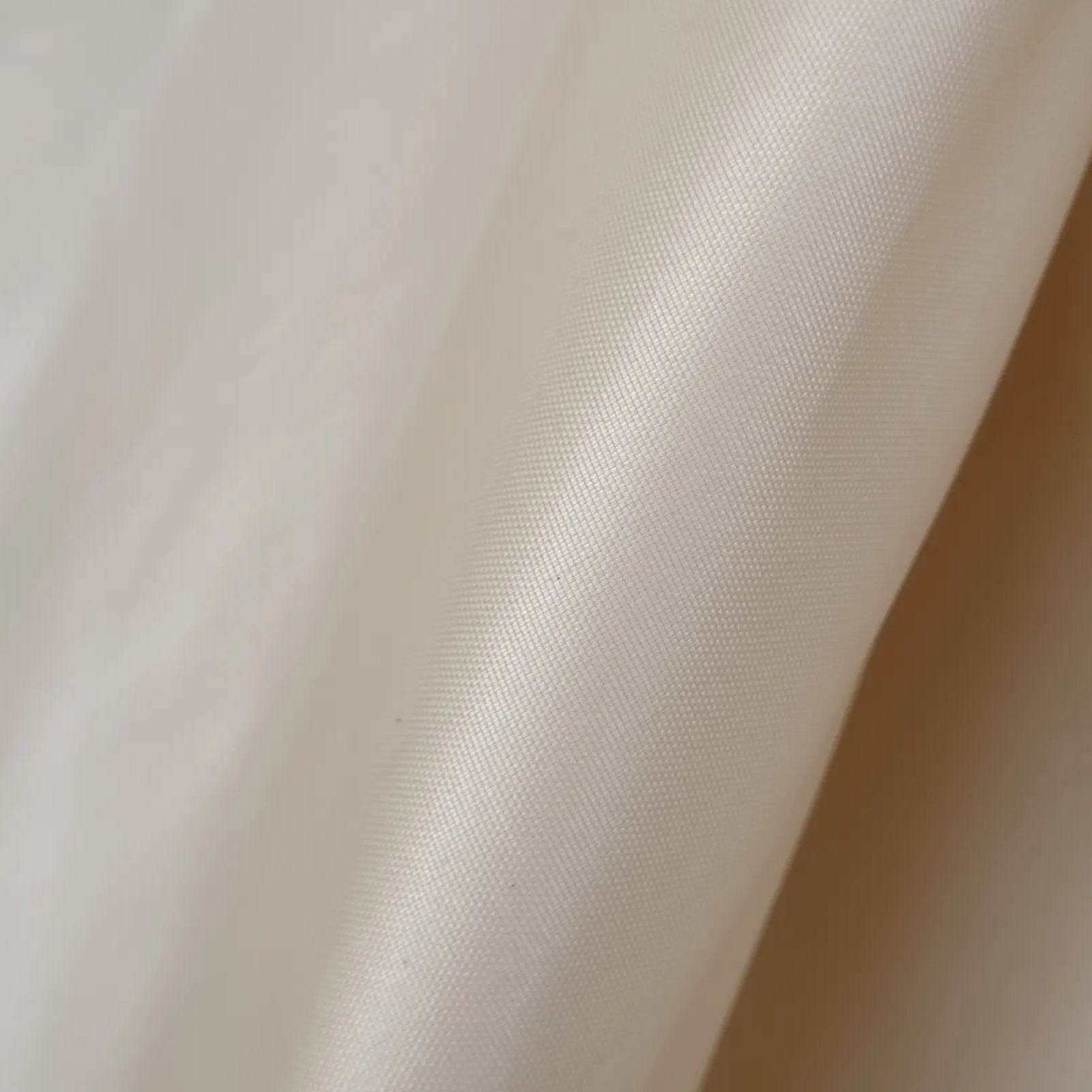
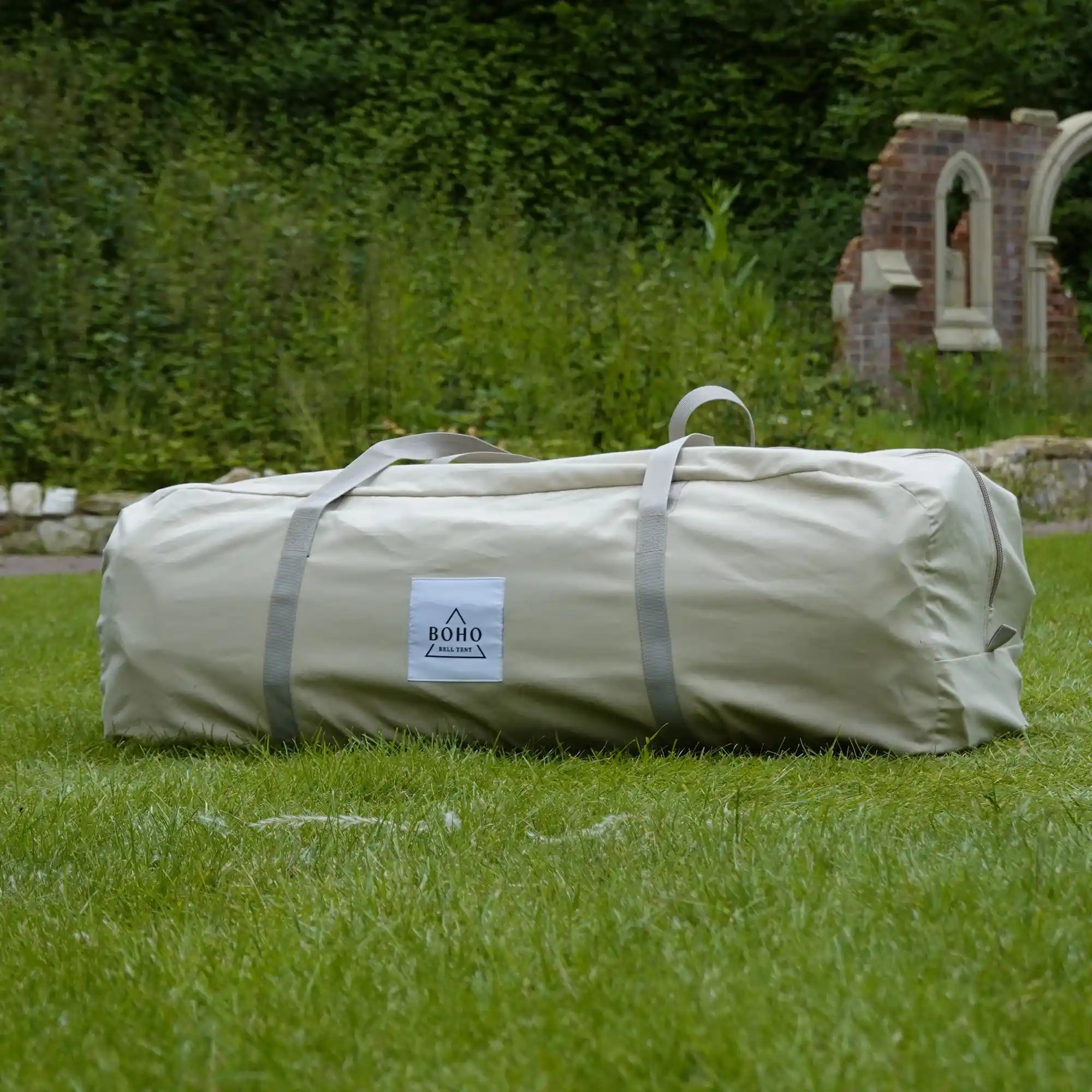
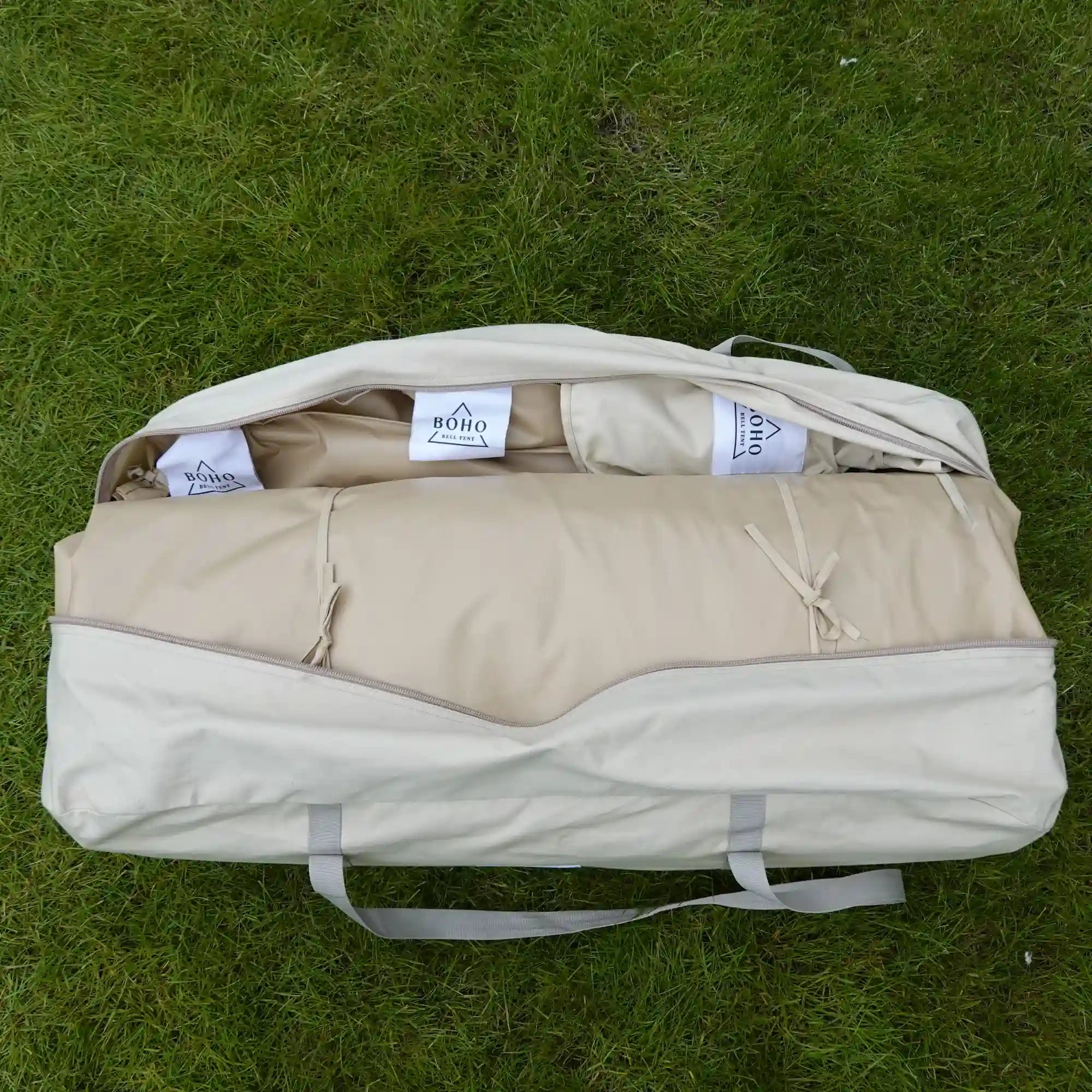
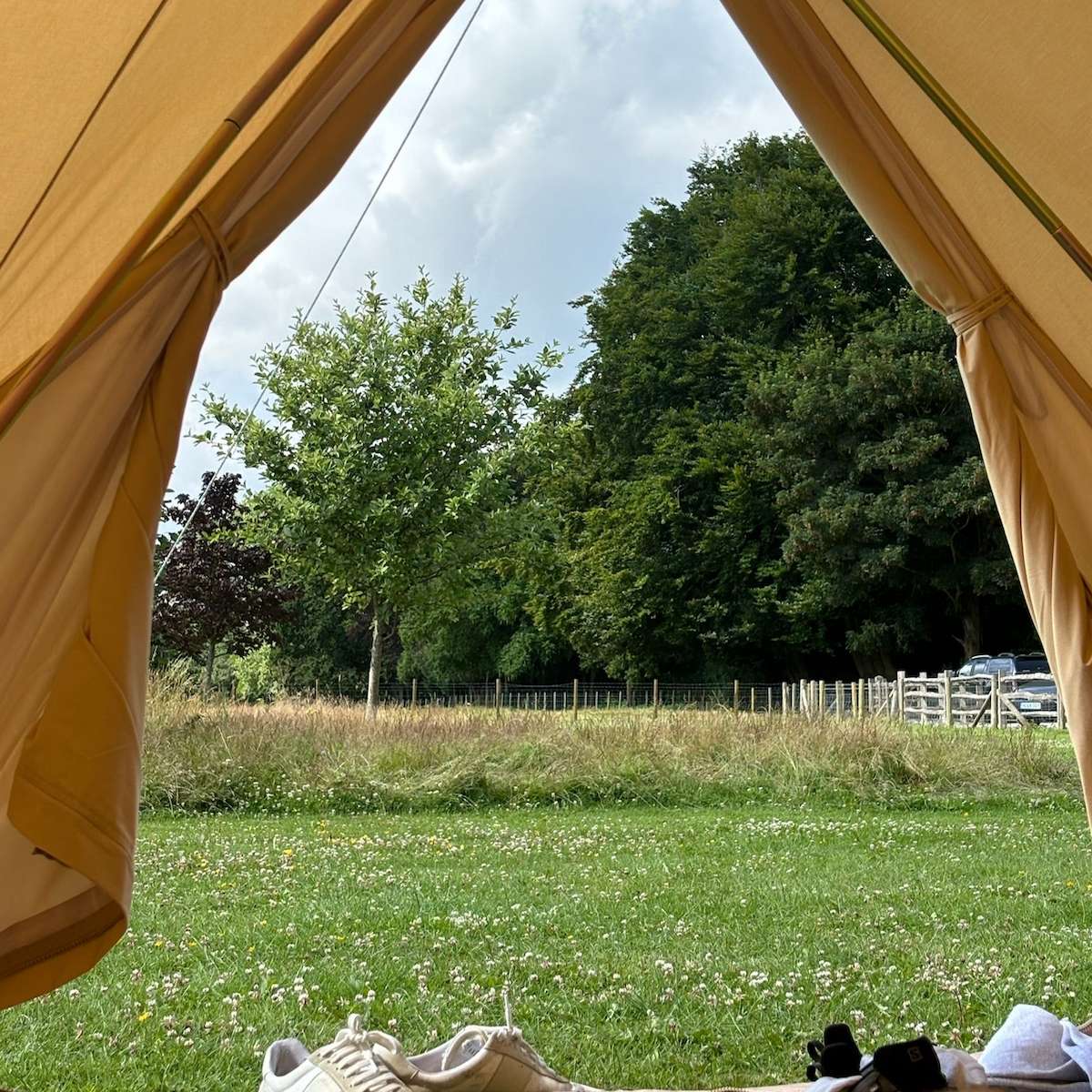
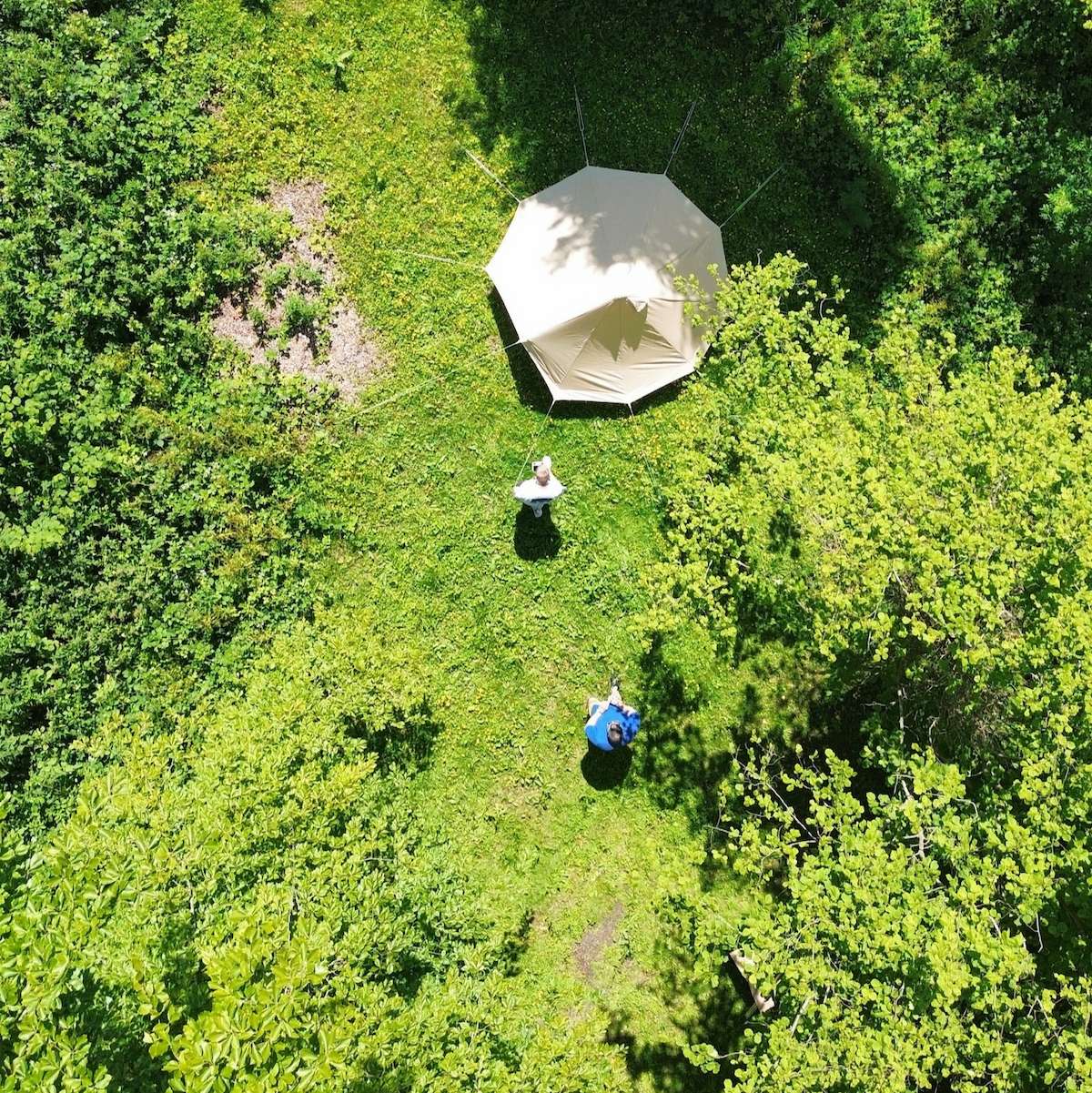
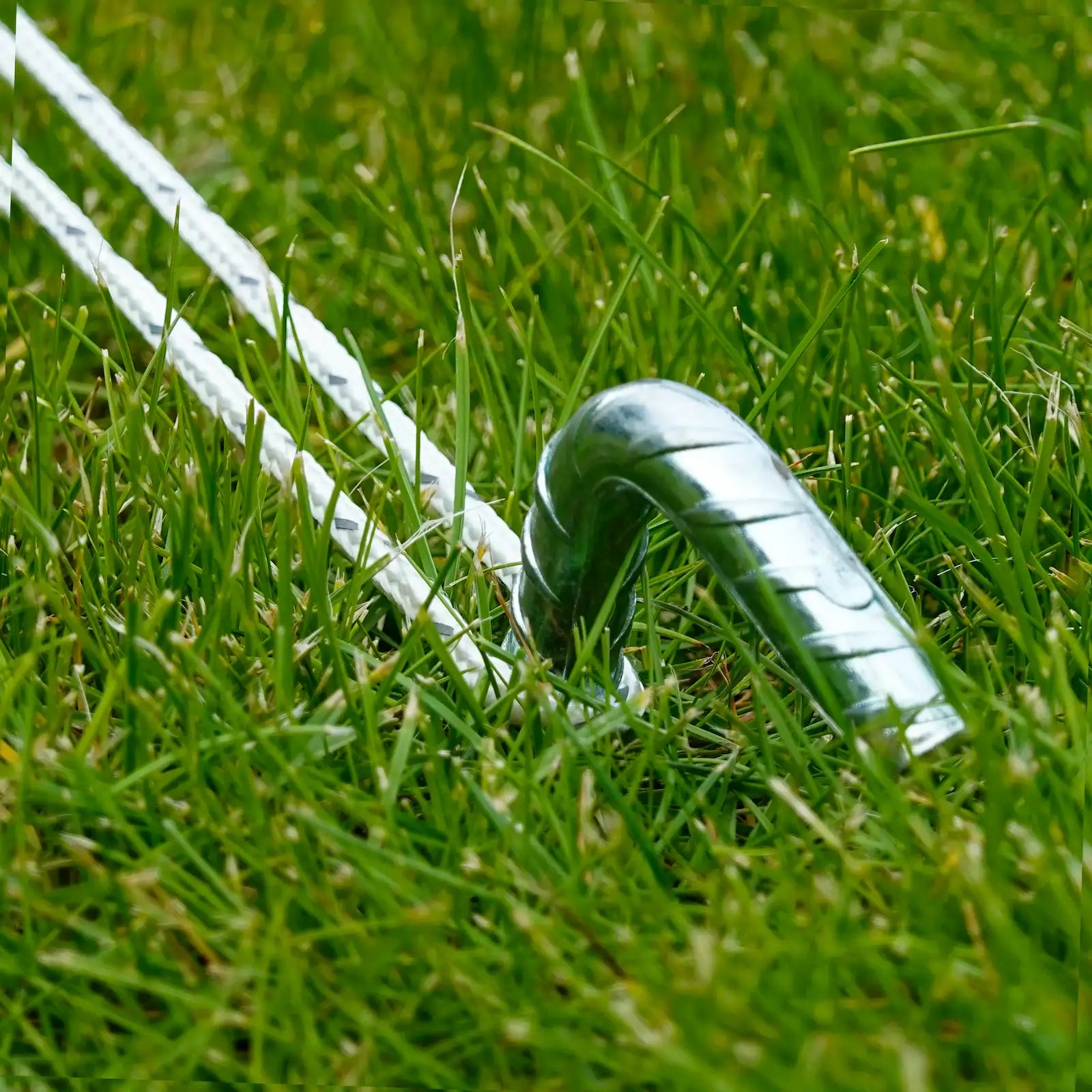
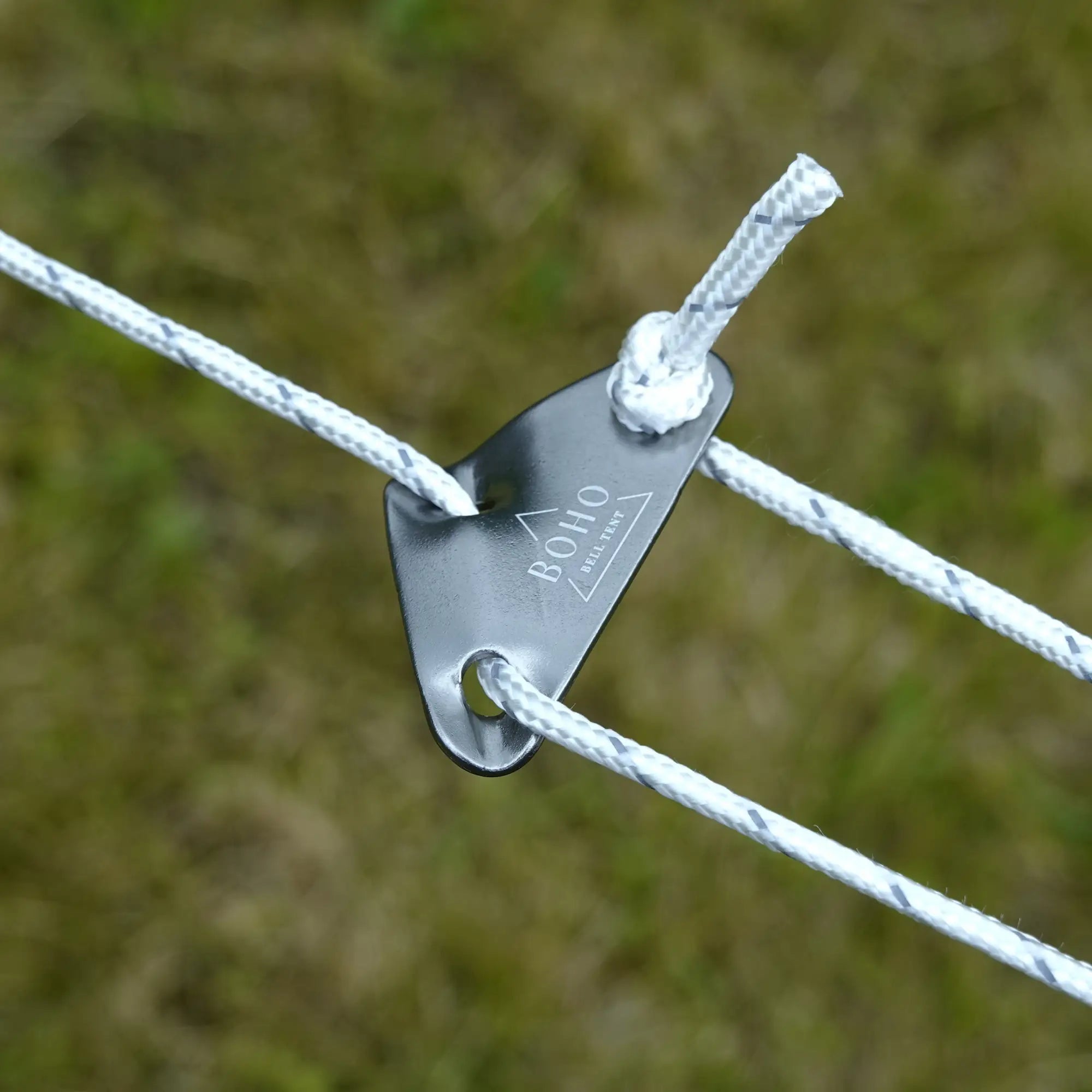
At Boho Bell Tent, we’ve helped hundreds of customers find the perfect setup for festivals, weddings, and off-grid escapes. So if you need any help at all, be sure to reach out!
Share:
Do Bell Tents Leak?
What Are Glamping Tents Called?